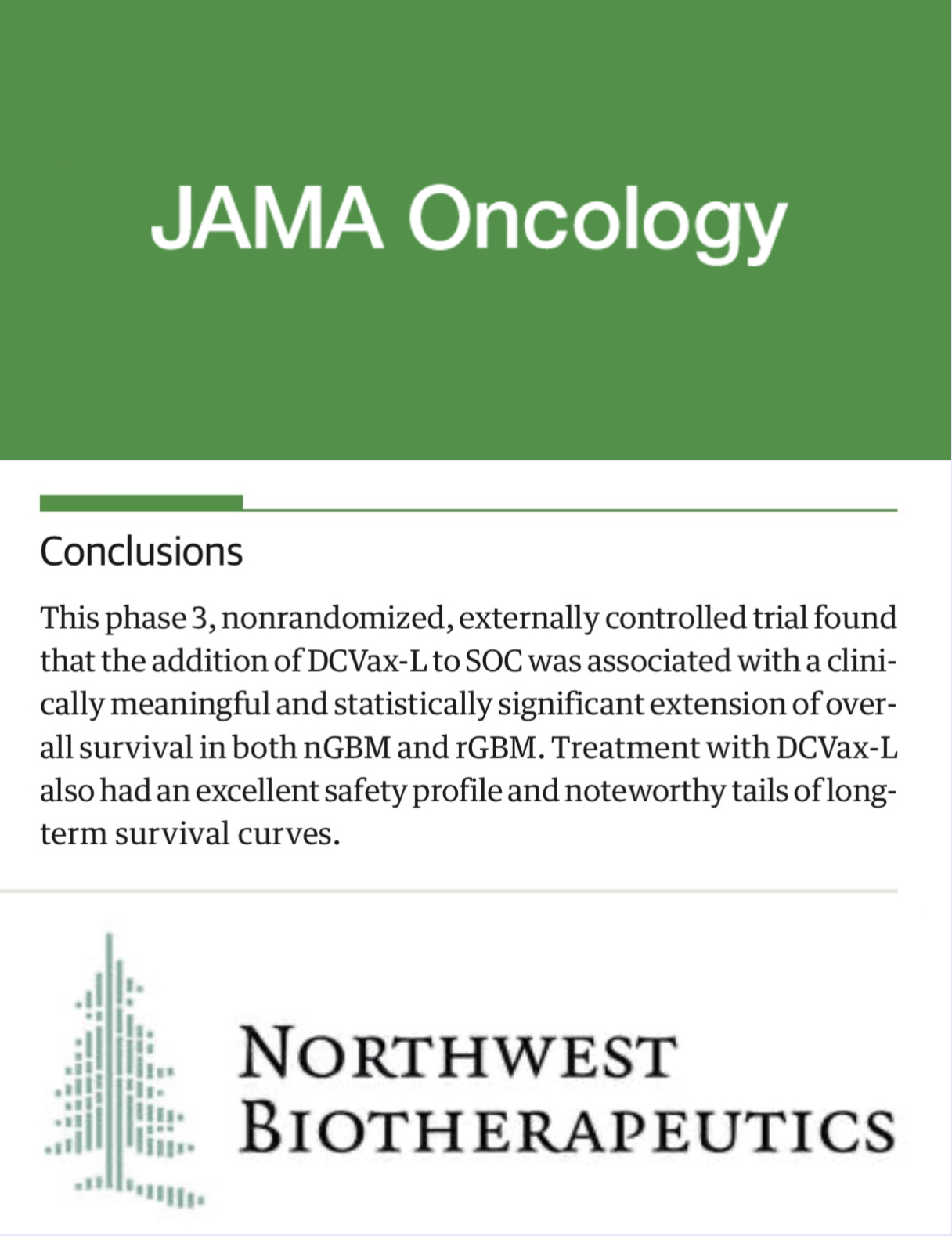Defining Lifetime Risk Thresholds for Breast Cancer Surgical Prevention.
IF 20.1
1区 医学
Q1 ONCOLOGY
引用次数: 0
Abstract
Importance Expanding access to genetic testing and availability of validated breast cancer (BC) risk prediction models are increasingly identifying women at elevated BC risk who do not carry high-penetrance BRCA1/BRCA2/PALB2 pathogenic variants. The precise BC risk threshold for offering risk-reducing mastectomy (RRM) for BC prevention is unknown. Objective To define the lifetime BC risk thresholds for RRM to be cost-effective compared with nonsurgical alternatives for BC prevention. Design, Setting, and Participants This economic evaluation used a decision-analytic Markov model to compare the cost-effectiveness of RRM with BC screening and medical prevention in a simulated cohort. Extensive sensitivity analyses were performed. The study setting was from a UK payer perspective over a lifetime horizon until age 80 years. The simulated cohort included women aged 30 to 60 years at varying lifetime BC risks from 17% to 50%. The study was conducted between September 2022 and September 2024. Exposures Undergoing RRM or receiving risk-stratified BC screening with medical prevention (tamoxifen or anastrozole). Main Outcomes and Measures The incremental cost-effectiveness ratio was calculated as incremental cost per quality-adjusted life-year (QALY) gained and compared with the UK willingness-to-pay (WTP) threshold of £20 000 (US $27 037) to £30 000 (US $40 555) per QALY. BC cases prevented were estimated at the population level. Results In the simulated cohort of 100 000 thirty-year-old women in the UK, undergoing RRM became cost-effective at a 34% lifetime BC risk using the £30 000 (US $40 555) per QALY WTP threshold. This increased to a 42% lifetime BC risk using the £20 000 (US $27 037) per QALY WTP threshold. The identified lifetime BC risk thresholds for RRM to be cost-effective among women aged 35, 40, 45, 50, 55, and 60 years were 31%, 29%, 29%, 32%, 36%, and 42%, respectively, using the £30 000 (US $40 555) per QALY WTP threshold. Overall, undergoing RRM was deemed cost-effective for women aged 30 to 55 years with a lifetime BC risk of at least 35%, with more than 50% of simulations being cost-effective in probabilistic sensitivity analysis. Offering RRM for women with a lifetime BC risk of 35% or higher could potentially prevent approximately 6538 (95% CI, 4454-7041), or approximately 11% (95% CI, 8%-12%), of the 58 756 BC cases occurring annually in women in the UK. In the probabilistic sensitivity analysis, 20.71% to 59.96%, 44.04% to 81.29%, and 97.26% to 99.35% of simulations were cost-effective for women with 35%, 40%, and 50% lifetime BC-risk undergoing RRM at age 30 under the £20 000 to £30 000 per QALY WTP threshold, respectively. Conclusions and Relevance In this economic evaluation, undergoing RRM appears cost-effective for women aged 30 to 55 years with a lifetime BC risk of 35% or higher. These results could have significant clinical implications to expand access to RRM beyond BRCA1/BRCA2/PALB2 pathogenic variant carriers. Future studies evaluating the acceptability, uptake, and long-term outcomes of RRM among these women are warranted.确定乳腺癌手术预防的终生风险阈值。
扩大基因检测的可及性和验证乳腺癌(BC)风险预测模型的可用性越来越多地识别出不携带高外显率BRCA1/BRCA2/PALB2致病变异的乳腺癌风险升高的女性。提供降低乳腺癌风险的乳房切除术(RRM)以预防乳腺癌的确切乳腺癌风险阈值尚不清楚。目的确定RRM的终生BC风险阈值,使其与非手术替代方法相比具有成本效益。设计、环境和参与者本经济评估使用决策分析马尔可夫模型在模拟队列中比较RRM与BC筛查和医学预防的成本-效果。进行了广泛的敏感性分析。研究设置是从英国的付款人的角度来看,直到80岁。模拟队列包括30至60岁的女性,其终生BC风险从17%到50%不等。该研究于2022年9月至2024年9月进行。接受RRM或接受风险分层BC筛查并进行医学预防(他莫昔芬或阿那曲唑)。增量成本-效果比计算为每个质量调整生命年(QALY)获得的增量成本,并与英国每个QALY的支付意愿(WTP)阈值20 000英镑(27 037美元)至30 000英镑(40 555美元)进行比较。在人群水平上估计预防的BC病例。结果在英国10万 万名30岁女性的模拟队列中,使用每个QALY WTP阈值30 000英镑(40 555美元),接受RRM具有成本效益,终生BC风险为34%。使用每个QALY WTP阈值2万英镑 000(27美元 037),终生BC风险增加到42%。在35岁、40岁、45岁、50岁、55岁和60岁的女性中,使用每个QALY WTP阈值为30英镑 000(40美元 555),确定的RRM具有成本效益的终生BC风险阈值分别为31%、29%、29%、32%、36%和42%。总体而言,对于30 - 55岁的女性,终生BC风险至少为35%,接受RRM被认为是具有成本效益的,在概率敏感性分析中,超过50%的模拟具有成本效益。在英国每年发生的58例 756例BC病例中,为终生BC风险为35%或更高的女性提供RRM可能预防约6538例(95% CI, 4454-7041),或约11% (95% CI, 8%-12%)。在概率敏感性分析中,对于35岁、40%和50%的终身bc风险女性,在每个QALY WTP阈值低于2万至3万英镑的情况下进行RRM,分别有20.71%至59.96%、44.04%至81.29%和97.26%至99.35%的模拟具有成本效益。结论和相关性在这项经济评估中,对于年龄在30 - 55岁、终生BC风险为35%或更高的女性,接受RRM似乎具有成本效益。这些结果可能对BRCA1/BRCA2/PALB2致病变异携带者之外的RRM扩展具有重要的临床意义。未来的研究评估RRM在这些妇女中的可接受性、吸收性和长期结果是有必要的。
本文章由计算机程序翻译,如有差异,请以英文原文为准。
求助全文
约1分钟内获得全文
求助全文
来源期刊

JAMA Oncology
Medicine-Oncology
自引率
1.80%
发文量
423
期刊介绍:
JAMA Oncology is an international peer-reviewed journal that serves as the leading publication for scientists, clinicians, and trainees working in the field of oncology. It is part of the JAMA Network, a collection of peer-reviewed medical and specialty publications.
 求助内容:
求助内容: 应助结果提醒方式:
应助结果提醒方式:


